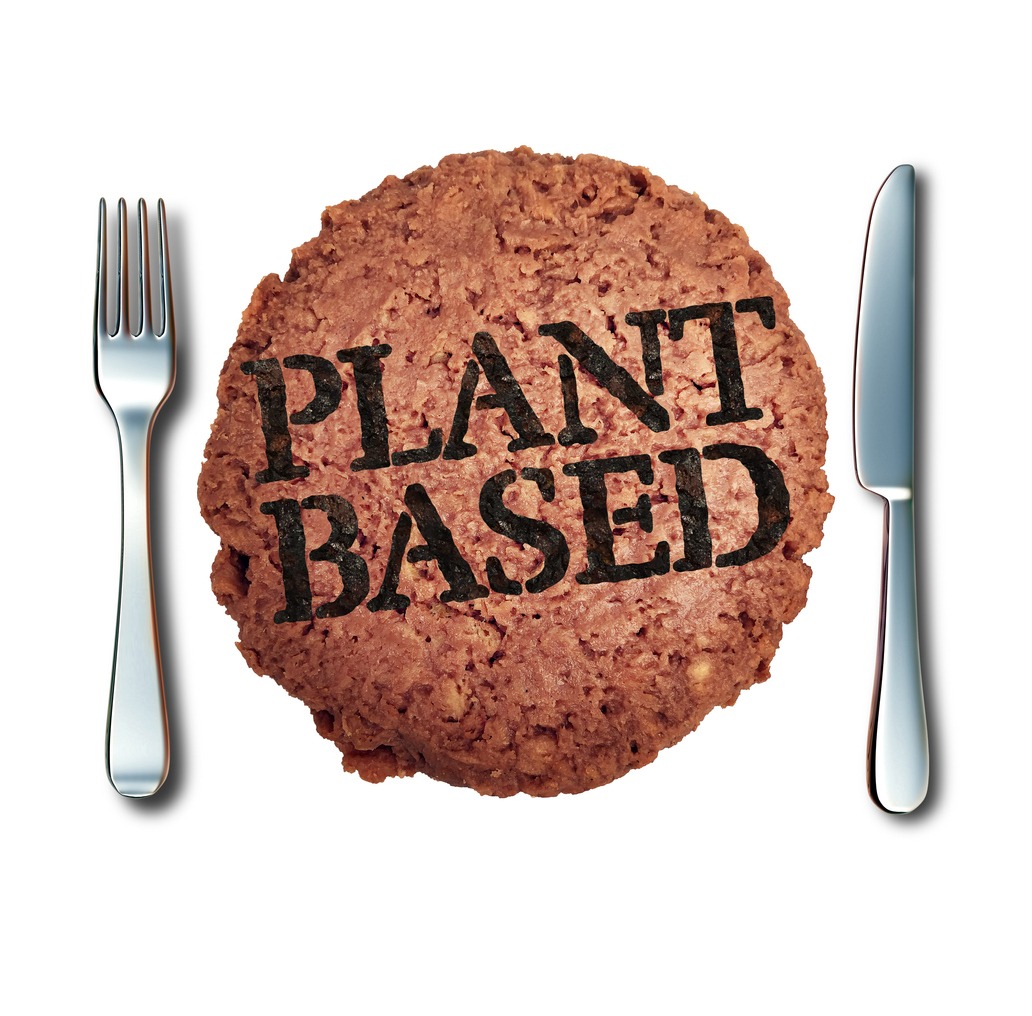About the Author: Christie Lagally is the founder and CEO of Rebellyous Foods, a plant-based poultry startup based in Seattle, WA, that uses novel production methods designed for scale, cost-savings, and product quality. Lagally is a mechanical engineer with nearly 20 years of engineering experience and holds five patents in manufacturing technology.
Recent headlines have triumphantly proclaimed that it is all but “inevitable” that plant-based meat will become cost-competitive with the products of industrial animal agriculture in short order.
There are certain things in this world that are inevitabilities. For instance, climate change is an inevitable outcome of human inaction, as it’s driven by a self-sustaining feedback loop. Similar assumptions are often made when considering economies of scale: more investment means more production means cost-reduction.
If you’ve been following the ever-growing number of investments, acquisitions, and product launches in the still-nascent plant-based meat industry, it might seem as though the meat alternative sector is starting on its path to self-sustaining scale. Impossible Foods, maker of the cult-famous Impossible Burger, raised an impressive $300 million in its latest funding round from a diverse set of investors ranging from Horizons Ventures to Katy Perry. Around the same time, Beyond Meat had the highest-performing IPO in nearly two decades. And Tyson, the number-one producer of broiler chickens in the US, just launched its own line of plant-forward, vegetarian chicken products.
It would seem that plant-based meat is going through a dramatic period of growth. But dramatic growth doesn’t typically happen without growing pains, and price remains a pain point.
Today, plant-based meat still costs two-to-five times as much as its animal counterparts and can be difficult to find outside of foodie meccas. While sales of plant-based meat increased 23% from 2018, the actual volume of plant-based meat on the market still makes up a minuscule one-fifth of one percent of the entire meat industry.
In a trending market sector that seems to have it all – consumer demand, massive investment, and rapid product development – what’s the bottleneck around cost-reduction?
Recent comments from Tyson provide some insight.
In an interview with The Wall Street Journal, Tyson executives said that they expected its plant-based sector to generate $1 billion in sales per year. Not bad, until you compare that with the $40 billion Tyson makes annually from the sale of its conventional meat products. Ergo, Tyson isn’t planning to scale its alternative products line to the extent that it can become truly cost-competitive with animal products.
That scale did not come easy. It took 70 years of mechanical engineering and automation advancements to develop the meat processing systems Tyson, and other major players have in place today. Modern meat production is a well-oiled, highly automated, exemplary model of mechanical efficiency (putting aside resource efficiency and other less savory considerations). And with industry efforts to increase line speeds in processing plants, the pace of slaughter and carcass-deconstruction is unlikely to slow any time soon.
By contrast, the plant-based meat industry hasn’t made significant changes to its production technology and equipment in decades. The veggie sausages on health store shelves in the 80s were likely made with the same off-the-shelf meat processing equipment that the majority of plant-based meat companies use today, including headline-making, tech-driven startups. Similarly, food-grade extruders weren’t even originally developed with these products in mind and were instead designed for foods like macaroni, cheese puffs, and breakfast cereals.
To this day – despite the high level of sophistication of these machines and their ability to make excellent protein products – extruders still haven’t been sufficiently re-designed for the ideal requirements of mimicking meat, like consistent moisture retention and achieving species-specific texture. Coupled with a lack of internal sensing or fiber evaluation, these limitations pose major problems for consistency and quality control without expert operators. Nonetheless, food extruders can carry a price tag of almost two million dollars for a single unit, severely restricting the production capabilities of startups in the sector.
These facts have largely been ignored during the rapid explosion of this burgeoning industry. We’ve made advances in plant protein characterization and food science that have made plant-based meat more realistic than ever. But we haven’t solved these engineering issues that are largely responsible for high costs and low volume.
Repurposing production technology made for other products might have worked to get plant-based meat where it is today. But it’s only a stop-gap measure on the path toward creating a robust alternative market sector capable of truly competing with conventionally produced meat on price and availability. Extrusion is just one of hundreds of options for creating these novel products, and there are near-infinite possibilities yet to be explored that would allow for high, continuous throughput, streamlined operations, top-notch quality control, and ultimately, a better kind of plant-based meat.
Solving this problem is far from an inevitability. It is, however, a massive opportunity for those willing to make the concerted engineering effort required to support the rapid scaling of plant-based meat, not just in terms of consumer purchasing dollars, but in raw volume. While Tyson scoops up $1 billion in market share, those advancing production technology have the opportunity to vie for the other $39 billion of its meat sales that the company is leaving on the table.




